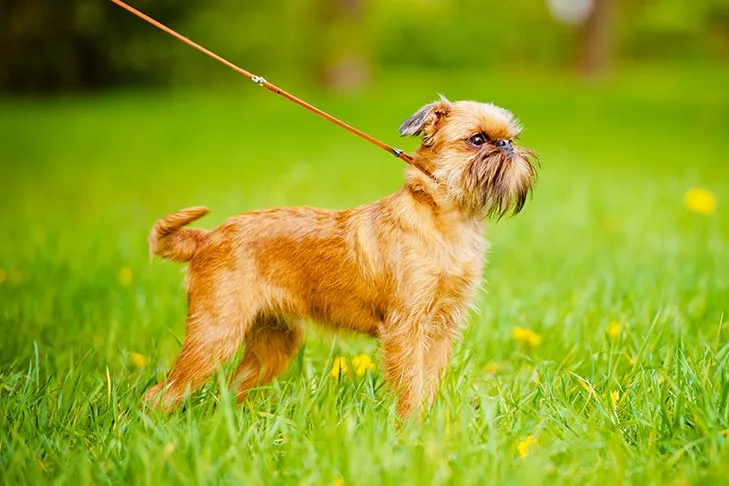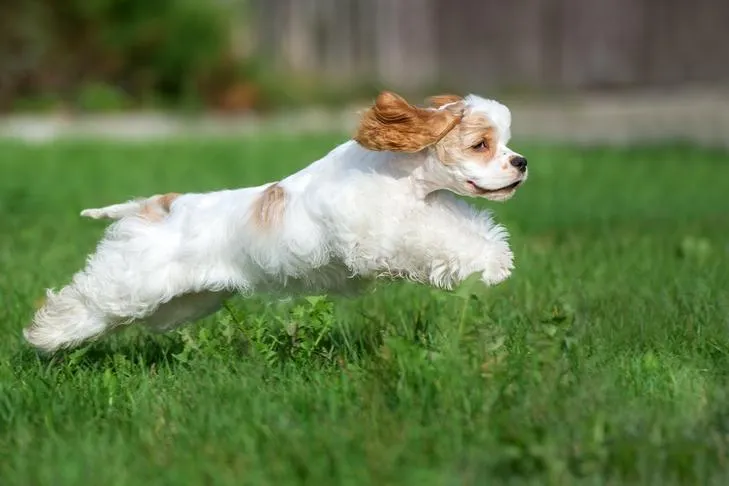Teaching your dog to reliably “come when called” is arguably one of the most critical life skills they can acquire. Often referred to as “recall,” this command allows you to keep your dog safe, prevent them from running into dangerous situations, and enjoy greater freedom in appropriate environments. While dogs are naturally curious and easily distracted by the world around them, building a strong recall means teaching them that returning to you is always the most rewarding and exciting option. This guide will walk you through the Best Way To Train Your Dog To Come, transforming a hesitant response into an eager, reliable return.
Understanding Reliable Recall: More Than Just a Command
“Reliable recall” means that when you issue your chosen command, you are almost entirely certain your dog will respond enthusiastically. It’s crucial to remember that dogs are living beings, not robots; absolute 100% guarantee is impossible. However, for a life-saving skill like recall, we strive for the highest consistency possible.
A reliable recall is indispensable for several reasons. It allows you to confidently let your dog off-leash in designated safe areas, like fenced dog parks or private property, ensuring their safety and your peace of mind. Furthermore, in emergencies – such as an unexpected gate opening or a sudden danger – a strong recall can literally save your dog’s life.
Smart Alternatives for Off-Leash Freedom
If your dog’s recall isn’t yet rock-solid, there’s no shame in keeping them on a leash. Safety is paramount. Instead of risking an unsafe off-leash situation, utilize fenced areas for supervised play or consider a long leash. These tools provide your dog with more room to explore while keeping them securely under your control. While working on recall, ensuring they understand good leash manners, such as how to train puppy to stop pulling on leash, is just as crucial for their safety and your enjoyment of walks.
 Brussels Griffon dog calmly walking on a long leash in a grassy field, demonstrating responsible on-leash management.
Brussels Griffon dog calmly walking on a long leash in a grassy field, demonstrating responsible on-leash management.
Regardless of your dog’s recall strength, always respect local leash laws. This applies to public parks, trails, and even your own front yard if it isn’t fenced. These regulations are in place for the safety of your dog, other animals, and people.
Laying the Foundation: Basic Recall Training Steps
The most effective way to train your dog to come involves making the process a fun, rewarding game. Begin training in a calm, low-distraction environment, like inside your home or a quiet backyard.
- Start with Enticement: Show your dog a favorite toy or a highly palatable treat.
- Encourage Movement: As your dog starts moving towards you, offer verbal praise (“Good dog!”).
- Reward Generously: Once they reach you, immediately provide the treat or toy and enthusiastic praise.
- Introduce the Cue: After several repetitions where your dog consistently moves towards you, add your chosen verbal cue (e.g., “Come,” “Here,” “Recall”) just as they begin to move. This helps them associate the word with the action and reward. Only use the cue when you are confident they will respond.
Slowly increase the challenge:
- Ask your dog to come before revealing the treat.
- Always reward with high-value treats (like small pieces of chicken, cheese, or beef liver) to make coming to you incredibly appealing.
- Gradually increase the distance between you and your dog within the low-distraction environment.
Engaging Games to Master the “Come” Command
Once your dog grasps the basics, integrate these fun games to build speed, reliability, and proofing in various situations.
Catch Me: Building Movement and Connection
While walking your dog on a long leash, get their attention, then turn and run a few steps away. As your pup moves with you, enthusiastically say your recall cue. Stop after a few steps and reward with a high-value treat or toy. Ensure your dog is attentive before you run to prevent sudden jerks on the leash.
Find Me: Enhancing Speed and Search
Once your dog consistently understands the recall cue, challenge them by calling from another room. When they find you, offer abundant praise and lavish rewards. This “hide-and-seek” style game is highly engaging and reinforces the value of locating you.
Hot Potato: Reinforcing Recall with Multiple People
Enlist two or more family members or friends. Each person should have high-value treats. Stand a distance apart and take turns calling the dog between you. Reward your dog each time they come to the person who called them. This teaches them to respond to different voices and in a more dynamic setting.
A common pitfall to avoid is recalling your dog, attaching the leash, and immediately ending the fun. Dogs quickly learn to associate recall with “game over,” making them less likely to respond in the future. Instead, recall, praise, reward, and then release your dog to continue their play before calling them again later. This ensures recall is linked to positive experiences, not the end of enjoyment.
Avoiding the “Poisoned Cue”: What Not to Do
Have you ever found yourself repeatedly calling, “Come! Come! Come! Please come!” with diminishing results? You might have a “poisoned cue.” This happens when your recall word loses its clear meaning or develops a negative association for your dog, causing them to ignore it. The most common way to poison a cue is to overuse it, repeating the word without your dog responding, thereby diluting its power.
 Joyful Cocker Spaniel running freely in a green backyard, showcasing the ideal outcome of reliable dog recall training.
Joyful Cocker Spaniel running freely in a green backyard, showcasing the ideal outcome of reliable dog recall training.
If your recall cue is poisoned, the best course of action is to choose a new word. For example, if you used “come,” switch to “here” or “close.” Then, go back to basics, starting with the new cue in a low-distraction environment, just as you did initially. A well-rounded training approach often includes addressing common challenges like how to stop puppy barking at night, which can significantly impact a dog owner’s peace of mind and overall dog behavior.
Essential Tips for a Reliable Recall
- Avoid Repeating Yourself: If you find yourself repeating the recall cue, the environment may be too distracting, or your dog may not fully understand the command at that level of difficulty. Step back to an easier setting.
- Reward Eye Contact and Proximity: When your dog looks at you or voluntarily comes close, offer verbal praise and a treat. You might use many treats initially, but you’re reinforcing the vital lesson that being near you and paying attention to you brings wonderful things. Even with a strong recall, knowing how to get your puppy to walk calmly on a leash is essential for safely navigating public spaces.
- Never Punish for Coming: Even if you’re frustrated because your dog took their time, always praise and reward their eventual return. Punishing them will create a negative association with coming to you, undermining all your efforts. As you develop a well-behaved companion, remember other foundational skills, such as how to how to teach a puppy not to jump on you, contribute to a dog’s overall manners.
- Always Use High-Value Rewards: Especially during the learning phase and when practicing in distracting environments, use treats or toys your dog absolutely adores. You want them to associate coming to you with receiving something truly incredible.
- Practice Daily: Incorporate short recall sessions into your daily routine. Gradually increase the difficulty by adding distance, distractions, and new environments. Moving too quickly will overwhelm your dog and hinder reliability.
- Emergency Recall: Don’t Chase: If your dog runs off and you need them to come back immediately, do not chase them. This often turns into a game for dogs, encouraging them to run further. Instead, try running away from your dog, making yourself seem like the exciting thing to chase.
Conclusion
Mastering the “come” command is one of the most empowering and important skills you can teach your dog, offering both freedom and safety. By making training a consistent, fun, and highly rewarding experience, you’ll establish a powerful bond and ensure your dog eagerly chooses to return to you, even amidst distractions. Remember to start in low-distraction environments, use high-value rewards, and practice daily. With patience and persistence, you’ll unlock the full potential of this life-saving command, solidifying your position as a trusted and rewarding leader for your canine companion. Consistent, positive reinforcement is the best way to train your dog to come and enjoy countless adventures together.
